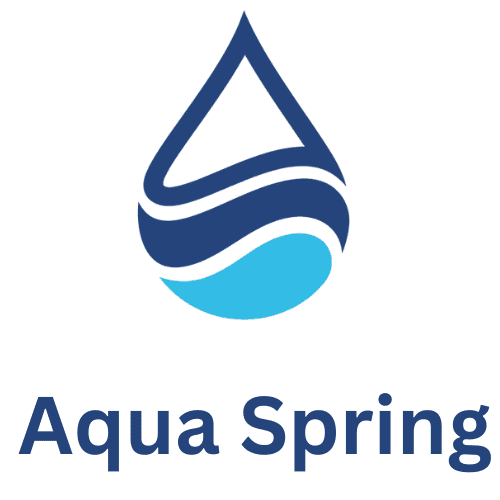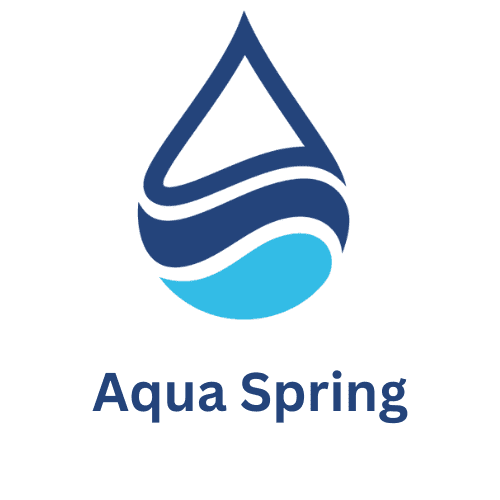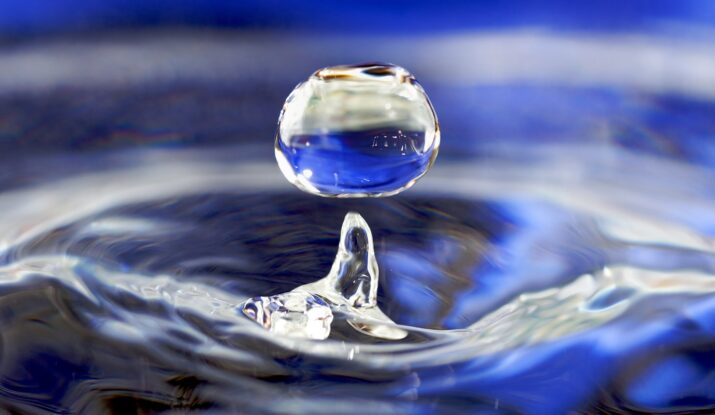Reverse Osmosis (RO), Ultraviolet (UV), Ultrafiltration (UF), Total Dissolved Solids (TDS), and minerals all play important roles in the purification of water.
Reverse Osmosis is a process in which water is forced through a semi-permeable membrane, leaving impurities and dissolved solids behind. This is an effective method for removing dissolved minerals, such as calcium and magnesium, as well as other impurities like bacteria and viruses.
Ultraviolet (UV) water purification uses UV-C light to disinfect water by destroying the DNA of microorganisms, making them unable to reproduce. This method is effective in killing bacteria, viruses, and other microorganisms that can be present in water.
Ultrafiltration (UF) is a process in which water is forced through a membrane that removes suspended particles, such as dirt, sand, and microorganisms. UF is often used in conjunction with other purification methods, like RO and UV, to provide a more complete purification process.
Total Dissolved Solids (TDS) is a measure of the amount of dissolved minerals and other impurities in water. TDS levels can be used to determine the overall quality of water and whether or not additional purification methods are needed.
Minerals, such as calcium and magnesium, are naturally present in water and can be beneficial in small amounts. However, high levels of dissolved minerals can make water hard and can affect the taste and smell of the water. Reverse Osmosis is an effective method for removing dissolved minerals and impurities to improve the taste, smell and overall quality of the water.
In conclusion, Reverse Osmosis, Ultraviolet, Ultrafiltration, Total Dissolved Solids, and minerals all play important roles in the purification of water. These methods work together to provide safe, clean, and high-quality water for consumption.


